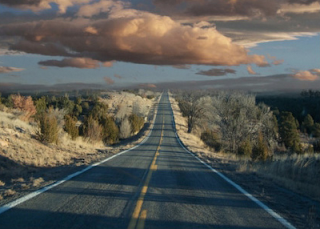TRAGEDY

Todays roads are the modern equivalent of an early English countryside . Source of much of their culture's romantic imagery (Andrew Marvell, Jack Kerouak) these are spaces that no one controlls and, therefore, are as unmanageable as they are over-utilized. The choking congestion of most urban space is a situation similar to what was first described in mid 18th century England as the tragedy of the commons. The commons was land at the center of most villages utilized by all, but owned by none. It worked well at times of limited population, but overuse usually resulted in decreasing returns both individually and in aggregate. The only apparent solutions are to limit access, or coordinate use, but both remove the essential freedom at the heart of the idea of a commons. We find ourselves at the same crossroads. Our best solutions seem to be increasing regulation of the open road. To increase the capacity of this shared space, even to mitigate the costs of the ...

